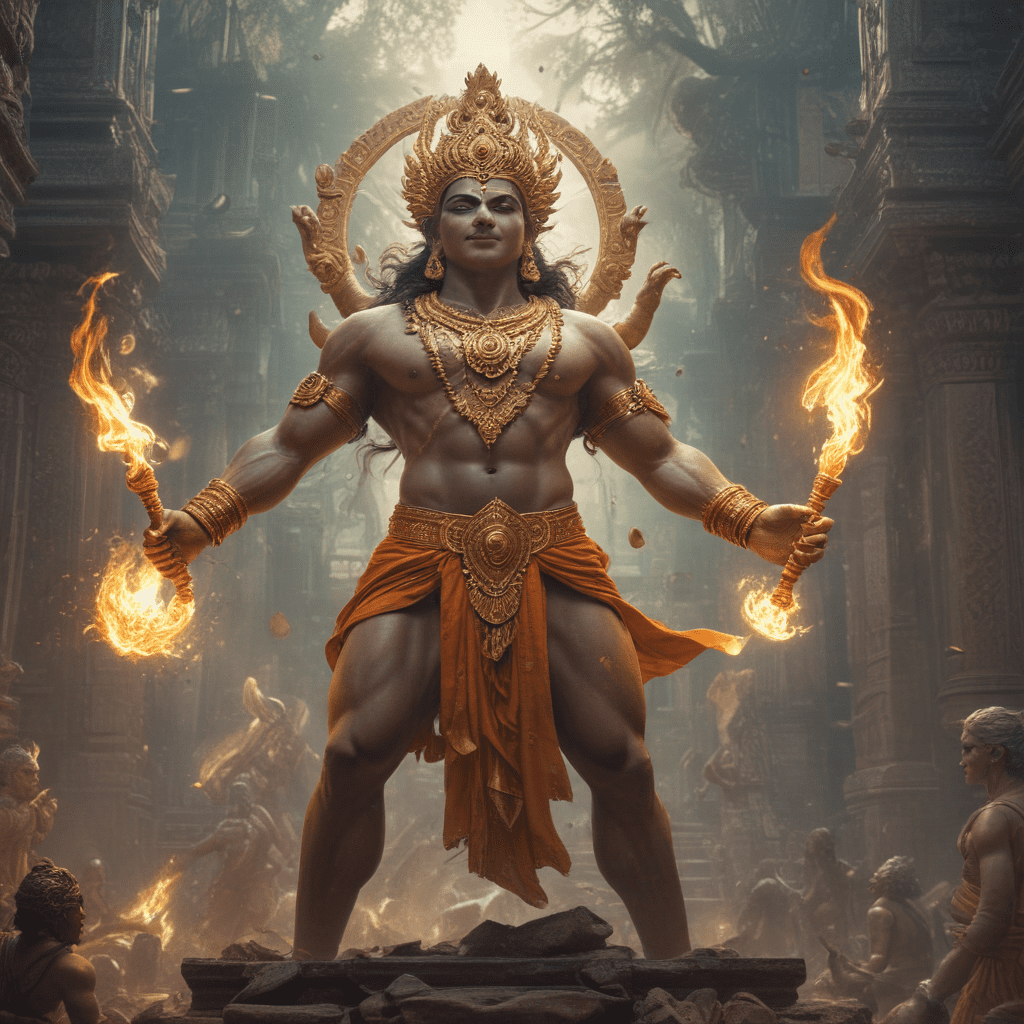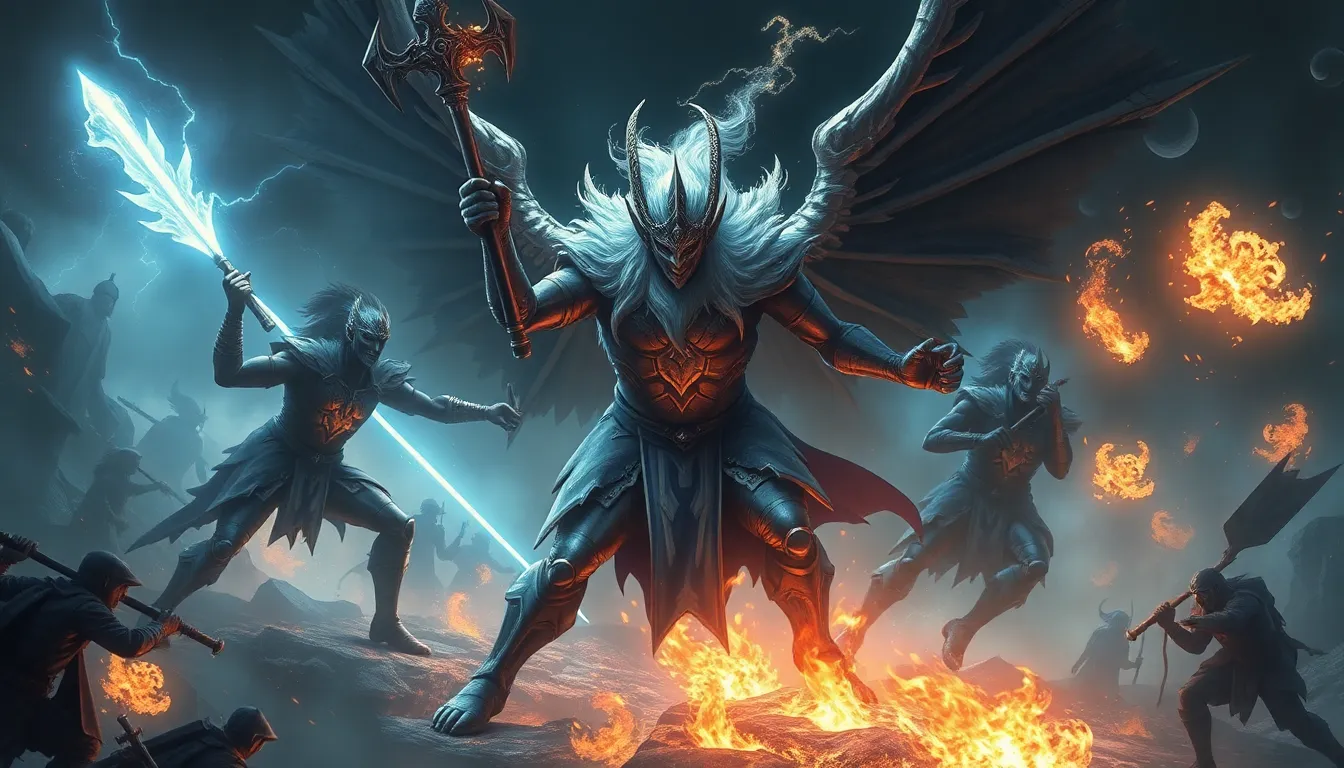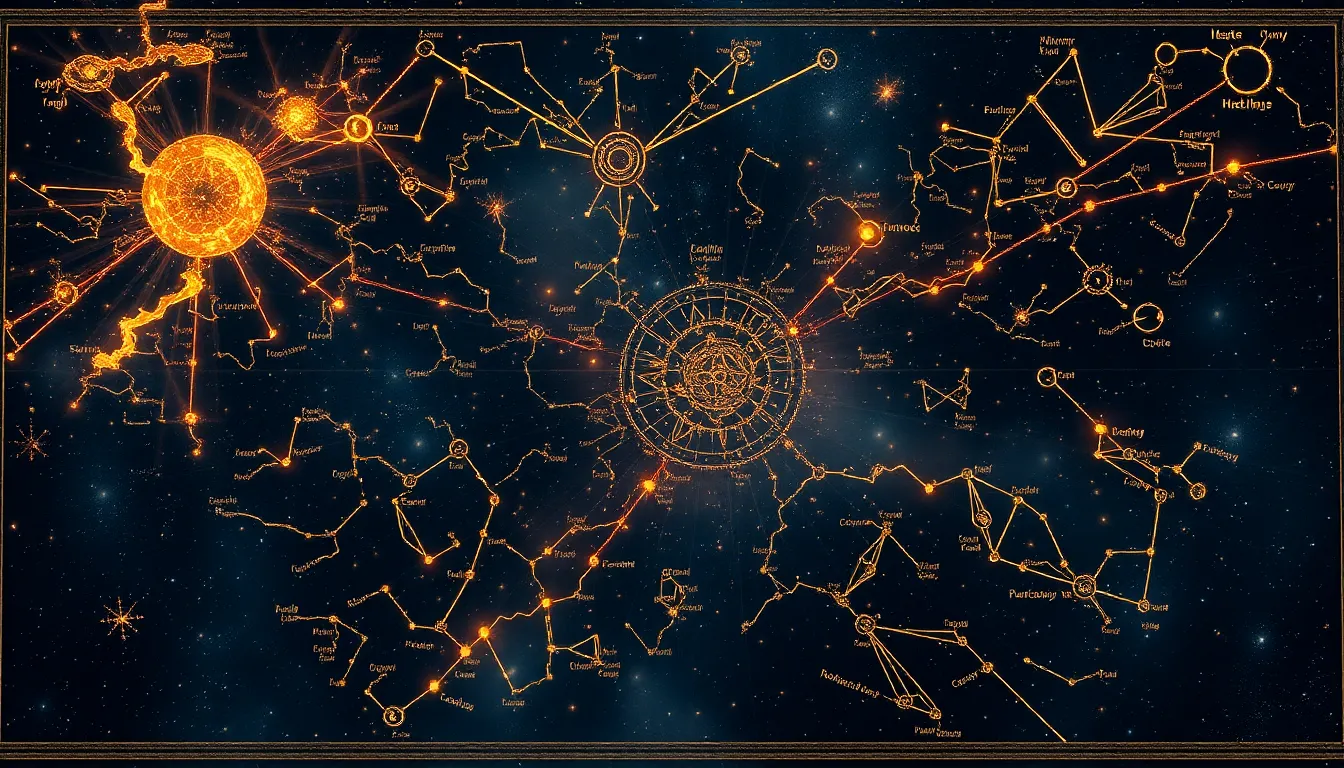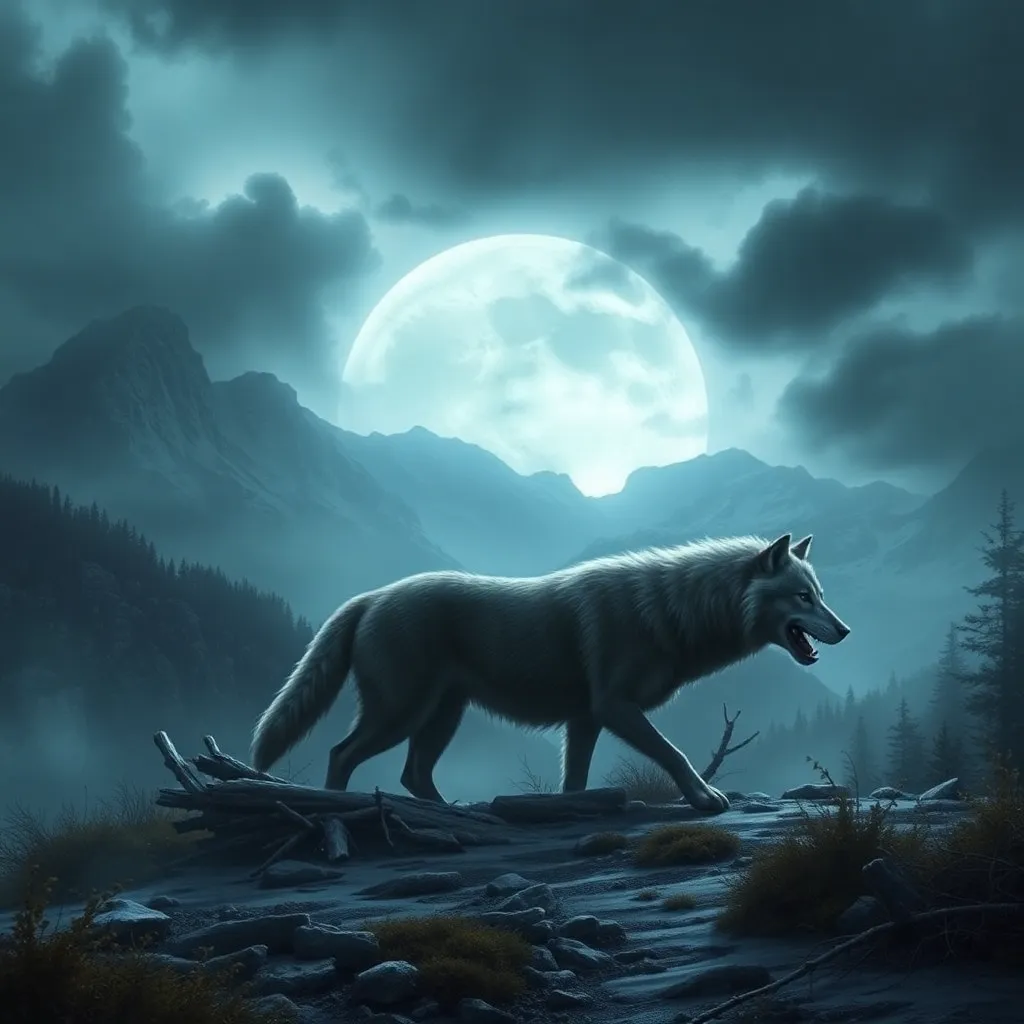The Mythical Aspects of Destruction in Hindu Mythology
1. Introduction
Hindu mythology holds a multifaceted perspective on destruction, recognizing its inherent role alongside creation and preservation within the cosmic cycle. Divine beings embody the destructive force, notably Shiva, the God of Destruction, and Kali, the Goddess of Death and War, who symbolize both annihilation and regeneration. These mythological figures illuminate the complex and profound understanding of destruction in the Hindu worldview.
2. Shiva: The God of Destruction and Transformation
Shiva is one of the primary deities in Hinduism, renowned for his dual nature as both creator and destroyer. He represents the dissolution of old forms to pave the way for new beginnings, embodying the transformative power of destruction. Shiva is often depicted as Nataraja, the Cosmic Dancer of Destruction, whose dance symbolizes the perpetual cycle of creation and annihilation.
3. Nataraja: The Cosmic Dancer of Destruction
Nataraja's enigmatic dance encompasses the cosmic play of destruction and creation. His raised right foot signifies the lifting of the universe from the cosmic waters, while his left foot tramples the demon of ignorance. The fire around him represents the destructive aspect, consuming the old to make way for the new. Nataraja's dance symbolizes the eternal rhythm of transformation, where destruction becomes a catalyst for regeneration.
4. Kali: The Goddess of Death and War
Kali, the fearsome Goddess of Death and War, embodies the raw and untamed force of destruction. She is often depicted as a dark-skinned, multi-armed goddess adorned with skulls and severed heads. Kali's destructive nature represents the dissolution of ego and attachments, leading to spiritual liberation. As the goddess of time, she also symbolizes the inevitable end of all things, reminding us of the transient nature of existence.
5. Yama: The Lord of Death and Time
Yama, the Lord of Death and Time, presides over the underworld and governs the transition of souls after death. As the embodiment of death, he symbolizes the inevitable end of mortal existence, but also represents the karmic consequences of our actions. Yama's role as the guardian of dharma (righteousness) reminds us of the moral order that governs the universe, including the cycle of birth, death, and rebirth.
6. Rudra: The Storm God of Destruction
Rudra, the Storm God, embodies the destructive aspect of nature, associated with fierce winds, tempests, and earthquakes. He is depicted as a fearsome deity with a blue-black complexion and a bow strung with serpents. Rudra's destructive power aids in the renewal and balance of the cosmic order, ensuring the transition from chaos to harmony.
7. Virochana: The Demon of Cosmic Destruction
Virochana, a formidable demon, represents the personification of cosmic destruction. As the son of the demon king Prahlada, Virochana challenges the authority of the gods, seeking to unleash chaos upon the universe. His eventual defeat by the god Vishnu underscores the victory of righteousness over destruction, restoring cosmic harmony.
8. The Pralaya: The Great Cosmic Dissolution
The Pralaya is the cyclical dissolution of the cosmos, a cataclysmic event that marks the end of a cosmic era. During the Pralaya, the universe is consumed by the destructive power of Shiva, dissolving all forms and returning everything to the primordial void. This annihilation is not an end in itself but a necessary prelude to the subsequent recreation of the cosmos.
9. The Myth of Daksha's Sacrifice
The myth of Daksha's sacrifice narrates an incident where the god Daksha fails to invite Shiva to his grand sacrifice, leading to Shiva's catastrophic intervention. The destruction unleashed by Shiva symbolizes the consequences of violating cosmic order and disregarding the divine forces at play. This myth emphasizes the importance of honoring and acknowledging the destructive aspect of existence.
10. Destruction as a Creative Force in the Hindu Cosmos
Hindu mythology recognizes the paradoxical role of destruction as a creative force. The destruction of old forms and structures necessitates the emergence of new possibilities and transformations. By embracing destruction as an integral part of the cosmic cycle, Hinduism offers a comprehensive perspective on the nature of existence, acknowledging both its impermanence and potential for renewal.
FAQ
- What is the significance ofShiva as the 'Destroyer' in Hindu mythology?
Answer: Shiva embodies the transformative power of destruction, facilitating the dissolution of old forms to pave the way for new beginnings. His role as the God of Destruction is essential for the ongoing cycle of creation and regeneration within the Hindu cosmos.
- How does Kali's nature as the Goddess of Death and War reflect the dual nature of destruction?
Answer: Kali represents the raw and untamed force of destruction, symbolizing the dissolution of ego and attachments, ultimately leading to spiritual liberation. As the Goddess of Time, she embodies the inevitable end of all things, reminding us of the transient nature of existence.
- Why is the concept of Pralaya significant in Hindu mythology?
Answer: The Pralaya embodies the cyclical dissolution of the cosmos, marking the end of a cosmic era. The destruction it entails is not an end in itself but a necessary precursor to the subsequent recreation of the universe, emphasizing the transformative aspect of destruction within the Hindu worldview.
- How does the myth of Daksha's sacrifice illustrate the consequences of disregarding the divine forces at play?
Answer: The myth of Daksha's sacrifice narrates the cataclysmic intervention of Shiva after he is excluded from the god Daksha's sacrifice. This destruction symbolizes the importance of honoring and recognizing the role of divine forces in the universe and the repercussions of neglecting their significance.
- How does Hinduism view destruction in relation to creation and preservation?
Answer: Hindu mythology recognizes destruction as an integral part of the cosmic cycle, inextricably linked to creation and preservation. The dissolution of old forms and structures through destruction gives rise to new possibilities and transformations, offering a comprehensive perspective on the nature of existence, embracing both its impermanence and potential for renewal.




